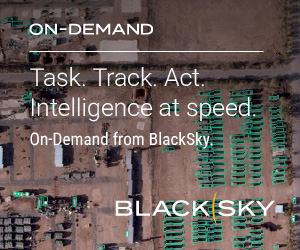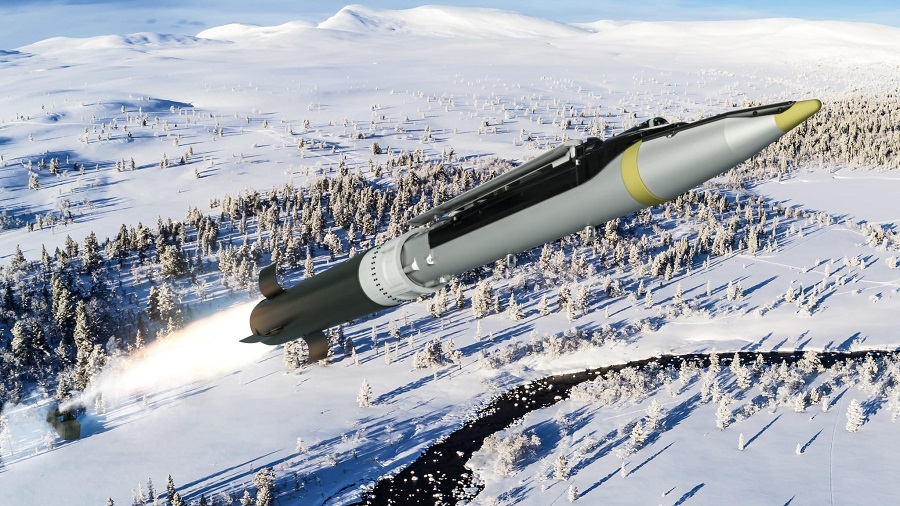However, this information was quickly refuted by the spokesperson for the US Department of Defense, Patric Ryder, who stated that specifying an exact delivery timeline is currently not possible.
Regardless of whether the Ukrainian Armed Forces have already received the GDLSB or are still waiting, one thing is certain: this weapon will grant the Ukrainian army new capabilities that could paralyze Russian logistical lines and destroy significant targets deep within the territory controlled by the Russian Armed Forces.
The GLSDB (Ground-Launched Small Diameter Bomb) is a precision strike munition with rocket propulsion, developed in collaboration between Boeing and Saab. The GDLSB combines the propulsion section of retired unguided 227 mm rockets (used in systems such as the M142 HIMARS and M270 MLRS) with a GBU-39 glide bomb instead of a “traditional” warhead. After launch and fuel depletion, the bomb detaches, gliding the rest of the way to the target, giving it a striking range of about 150 km.
Thanks to satellite guidance (GPS) and an inertial navigation system, the GLSDB can precisely hit a designated target far beyond the standard rocket projectiles GMLRS of 227 mm caliber, which have a range of about 80 km. The complete GLSDB glide bomb weighs approximately 130 kg, which is 40 kg heavier than the warhead of GMLRS typically fired by M142 HIMARS and M270 MLRS.
According to Saab, the GLSDB can fly non-ballistic trajectories and perform maneuvers to strike targets inaccessible to conventional direct fire weapons, such as engaging the reverse slope. The GLSDB provides land forces with a genuinely mobile capability to hit targets previously out of their reach, representing Saab’s and Boeing’s solution for the current and future needs of armed forces.
Since the original version of the SDB was an air-to-surface solution, all necessary technology, such as the navigation system, is integrated within the bomb. The SDB navigates towards the target with INS Navigation, supported by a highly jamming-resistant GPS. Since the system does not require a ballistic path to the target, it can be launched from a container, engaging targets 360 degrees without moving the launcher.
Initial reports about the planned transfer of GLSDB to Ukraine emerged in early February of last year when the White House announced it would supply Kyiv with missiles with a 150 km range. As reported by the media at the time, receiving this weaponry would significantly expand the Ukrainian military’s land strike capabilities, allowing it to attack Russian targets far beyond the front line.
The decision to send this new version of the bombs to Ukraine was made only after months of testing. The GDLSB could be a cost-effective solution for users of M270, HIMARS, and Chunmoo weapon systems. Among the European users of these systems—both current and future—are countries such as Poland, Romania, Estonia, Lithuania, and Latvia.















![Northrop Grumman conducts successful test of Mars ascent rocket motor [VIDEO]](https://defence-industry.eu/wp-content/uploads/2025/07/Northrop-Grumman-conducts-successful-test-of-Mars-ascent-rocket-motor-VIDEO.jpg)











